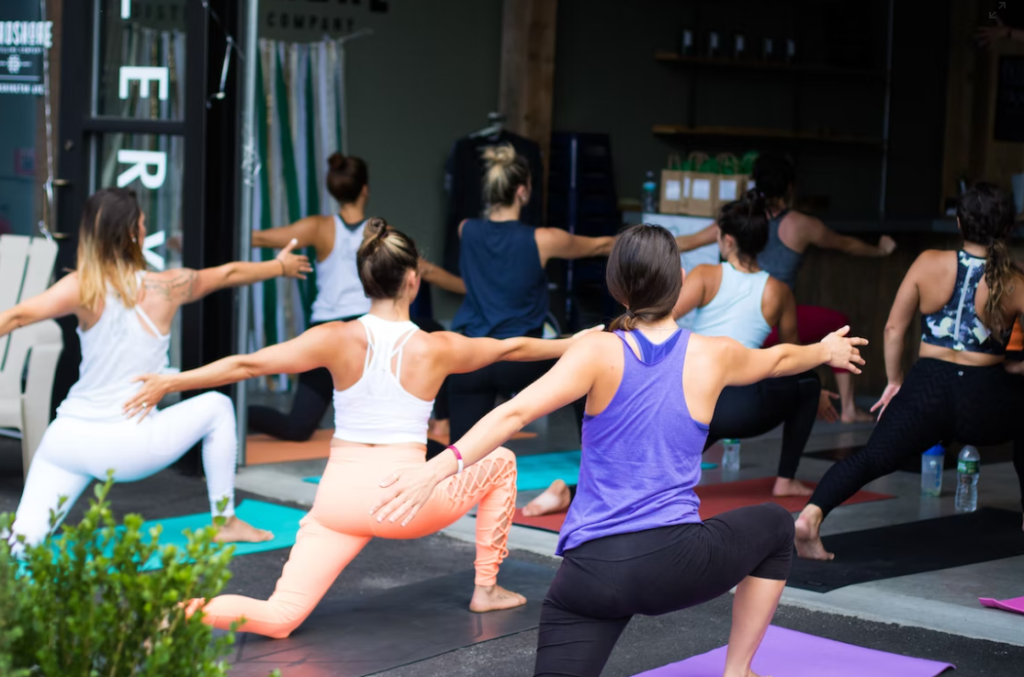Meditation Like Activities
Learn about meditation-like activities and how they can help you relax quickly.

Selfpause Affirmation App
Download the app to get 1,000’s of affirmation meditations and everything you need to write, record and listen to your own.
If you are looking for ways to relax, you can try meditation-like activities. Many of these activities can help you relax in a short amount of time. Some of these activities include sitting longer, focusing your attention, walking, and tracing paper. You can find one or more of these activities to practice wherever you go.
Sitting longer

Sitting longer is a great way to calm the nervous system and establish a calm mind. Many people have practiced long meditation sessions, but it can be difficult to perform them consistently. You may find that your knees start to hurt during your meditation or that the part of your mind that was holding you hostage keeps surfacing. A better way to meditate for longer periods is to structure your practice and ground each step in knowledge.
Sitting longer also allows you to experience a feeling of cleanliness. During meditation, you can let go of worries. It is important to keep your mind free of worries, as they weigh you down. A longer sitting time can cleanse the mind and allow you to reach deeper levels of your mind.
Focusing with attention

Focusing on attention is one of the most important aspects of mindfulness meditation. This method can reduce symptoms of depression and anxiety and improve your ability to observe thoughts with objectivity. It can also improve your tolerance for things and help you become more patient. Following are six tips for focused attention that can help you develop the skill.
Focusing on attention can be hard at first, but it can be done. It is a practice that will take time to master. You can start small and practice for five to ten minutes at a time. It is important to focus on your breath at the beginning, but as you gain experience, you can move on to other aspects of meditation.
Research shows that focused attention meditation can help the brain develop new neural pathways that influence how it processes information. For example, it can improve the functioning of the executive control network, which is involved in impulse control, self-regulation, and planning. This network is relatively new in the history of the brain, but it has been shown to play an important role in many cognitive processes.
Another great way to focus attention is by examining an object. While holding it, try to focus on it as closely as possible. You can use this technique to recall the smallest details of objects. You can also focus on objects close to you and imagine them in detail.
Walking meditation

Walking is an excellent way to practice mindfulness. You can focus on the sensations of your body, the sounds around you, the temperature of the air, the start and end of each step, and so on. As you walk, you can also scan different parts of your body, starting with your ankles and moving out to your legs and arms.
Walking meditation also teaches you to be mindful of your emotions. You might feel bored or curious at the start, but your emotions will change as you move along. Eventually, you’ll feel interested and joy. As your body relaxes, you might feel relieved as you notice a dog running by. You can continue to explore your feelings during your walking meditation, as they will naturally change over time.
Walking meditation is an effective form of meditation, and can be practiced anywhere. It can even be practiced during transitional periods in your life. For instance, you can walk to the store to pick up your kids from school or take a break from work by meditating while you walk. When people try walking meditation, they report that it improves their health and happiness.
Several studies have shown that walking meditation improves health, including heart rate, blood pressure, and glucose regulation. Walking meditation has also been shown to lower feelings of stress. When done regularly, walking meditation can also boost your concentration and reduce feelings of frustration. Practicing mindfulness while walking can also help people cope with chronic pain and anxiety. In addition, it can reduce the risk of developing Alzheimer’s disease.
Tracing paper

Tracing paper is a great stress reliever and an unconventional way to practice meditation. Kids are often able to focus better when they trace images rather than drawing them by hand. In fact, the American Academy of Pediatrics encourages parents to incorporate meditation into their child’s daily routines. Even if your child is too young to practice meditation, this activity can be an excellent introduction.
Children can also learn about the human body by tracing paper. Using a pen or a paintbrush, they can trace the outline of another person, such as their parents. They can also learn how the human body is made. The process is easy and can help your child develop mindfulness.
The rules of art meditation vary from person to person, but Patterson recommends closing your eyes and turning the paper as you go. Another tip is to use different writing tools, such as a pencil or pen, to practice mindfulness. As you do this, you can focus on the process and the result of the activity.
Yoga Nidra

Yoga Nidra is a form of guided meditation where the practitioner goes through a process to relax the body and brain. The process involves withdrawing one’s senses from the outside world and focusing on the inner self. The process helps practitioners overcome stress and trauma. It has been proven to address deeper traumas, allowing the practitioner to explore various levels of his/her inner self.
To practice Yoga Nidra, you should lie down on a comfortable surface. Use a pillow or blanket to support your head and cover yourself. Be sure to practice in a quiet room without distractions. Alternatively, you can wear a sleep mask to block out light so that you can focus only on your breathing.
Yoga Nidra is a practice that has roots in ancient philosophy called Sankhya. It was first written about 700 BC, and people have been practicing its teachings for centuries. Famous practitioners of the practice include Buddha and Patanjali. Later, the teachings of Yoga Nidra were further explored in Advaita Vedanta and Kashmir Shaivism.
When you practice Yoga Nidra, you will gradually enter the alpha state, a deep relaxation state in which the conscious mind is linked to the subconscious. This state is very important for achieving inner calm and achieving change.
Our Top FAQ's
Some common meditation like activities include mindfulness practices, yoga, tai chi, and qigong.
Meditation like activities may differ from traditional meditation in that they may incorporate movement or other physical components, as well as incorporate elements from different spiritual or cultural traditions.
The benefits of practicing meditation like activities may include reduced stress and anxiety, improved focus and concentration, increased feelings of well-being and relaxation, and improved physical health.
As with any activity, there may be potential drawbacks to engaging in meditation like activities. These may include discomfort or strain if the movements are performed incorrectly, or a lack of understanding or guidance if the person is not properly trained in the activity.
To get started with meditation like activities, individuals can try attending a class or workshop on the activity they are interested in, or research online to learn more about the different techniques and practices involved. It may also be helpful to consult with a trained instructor or therapist to ensure that the activities are performed safely and effectively.
